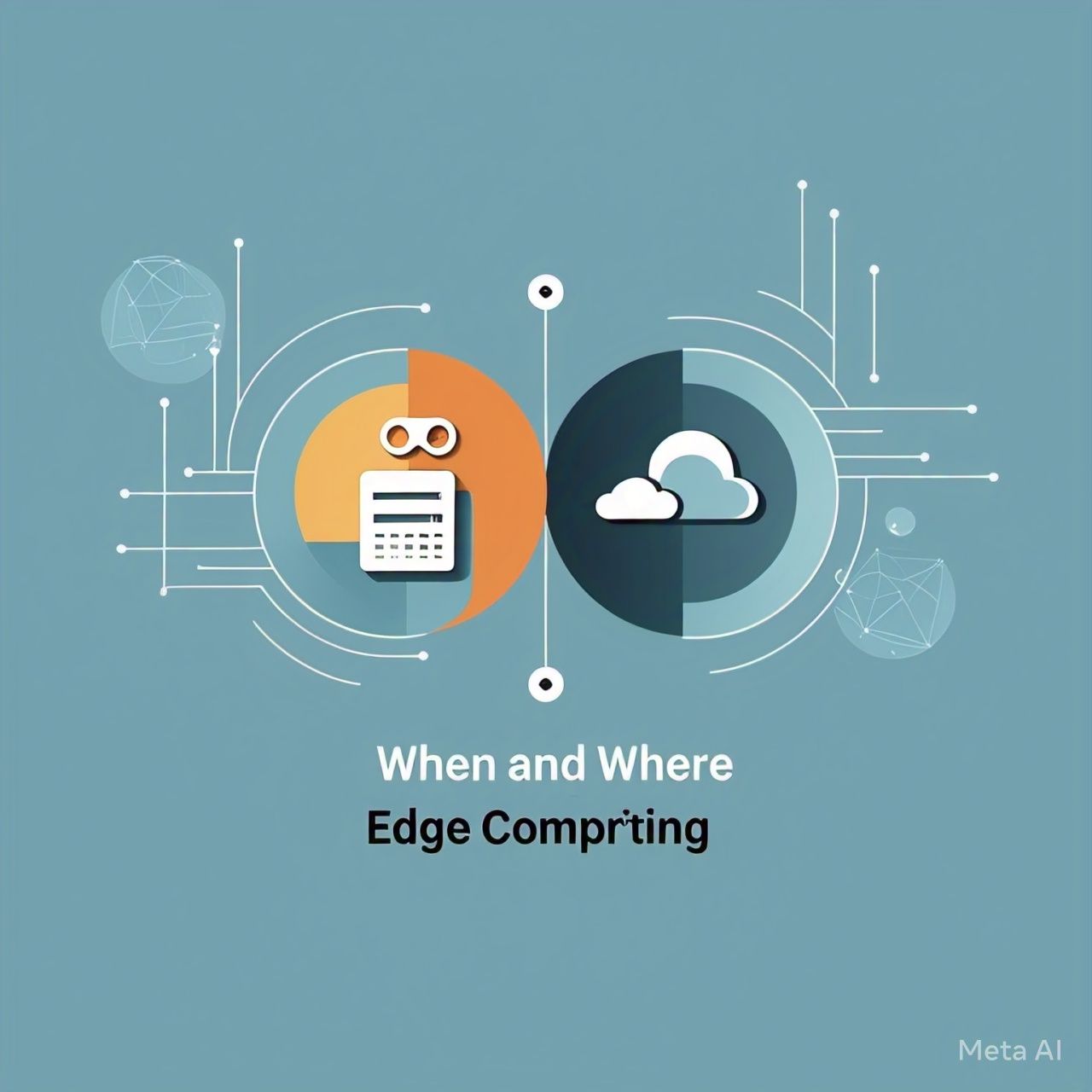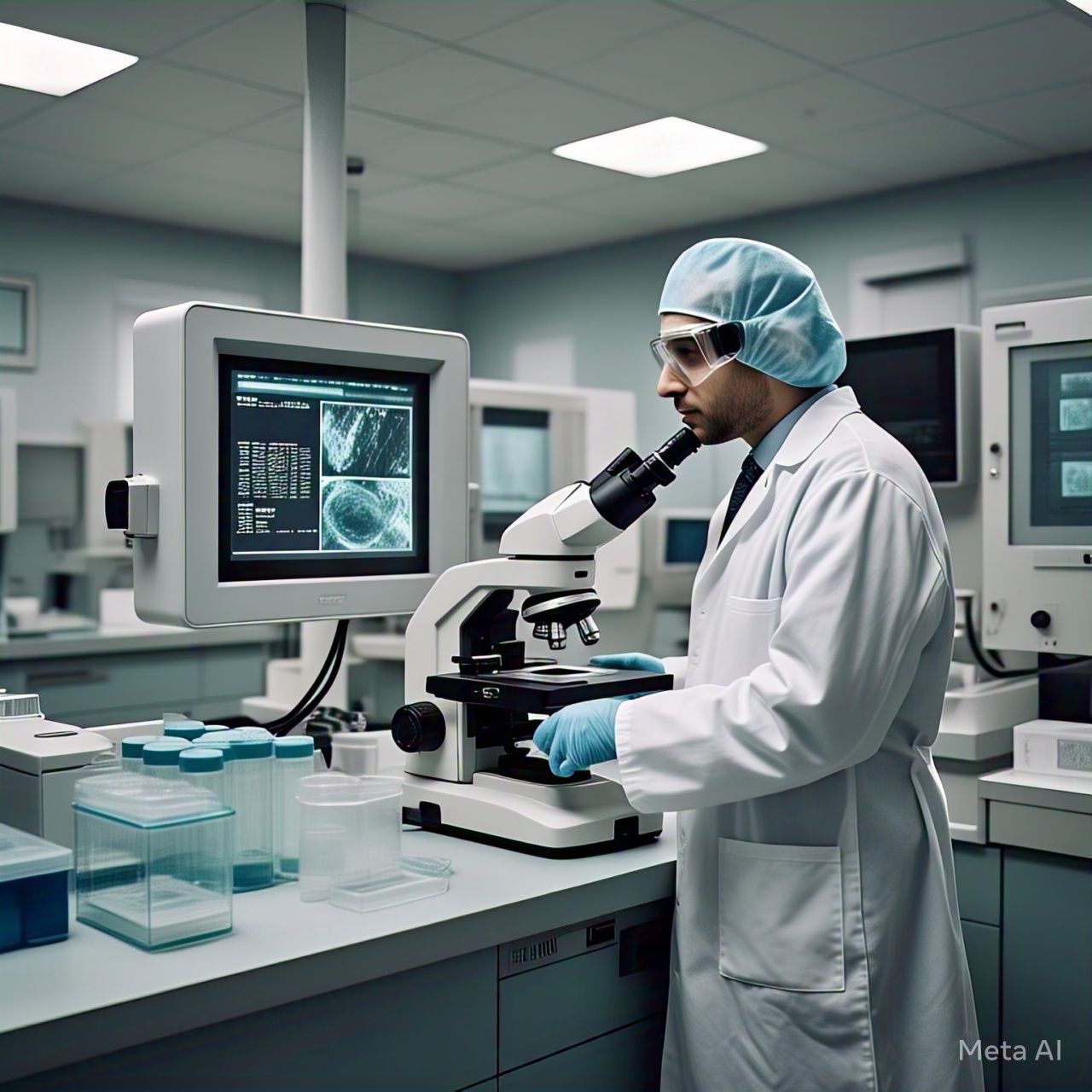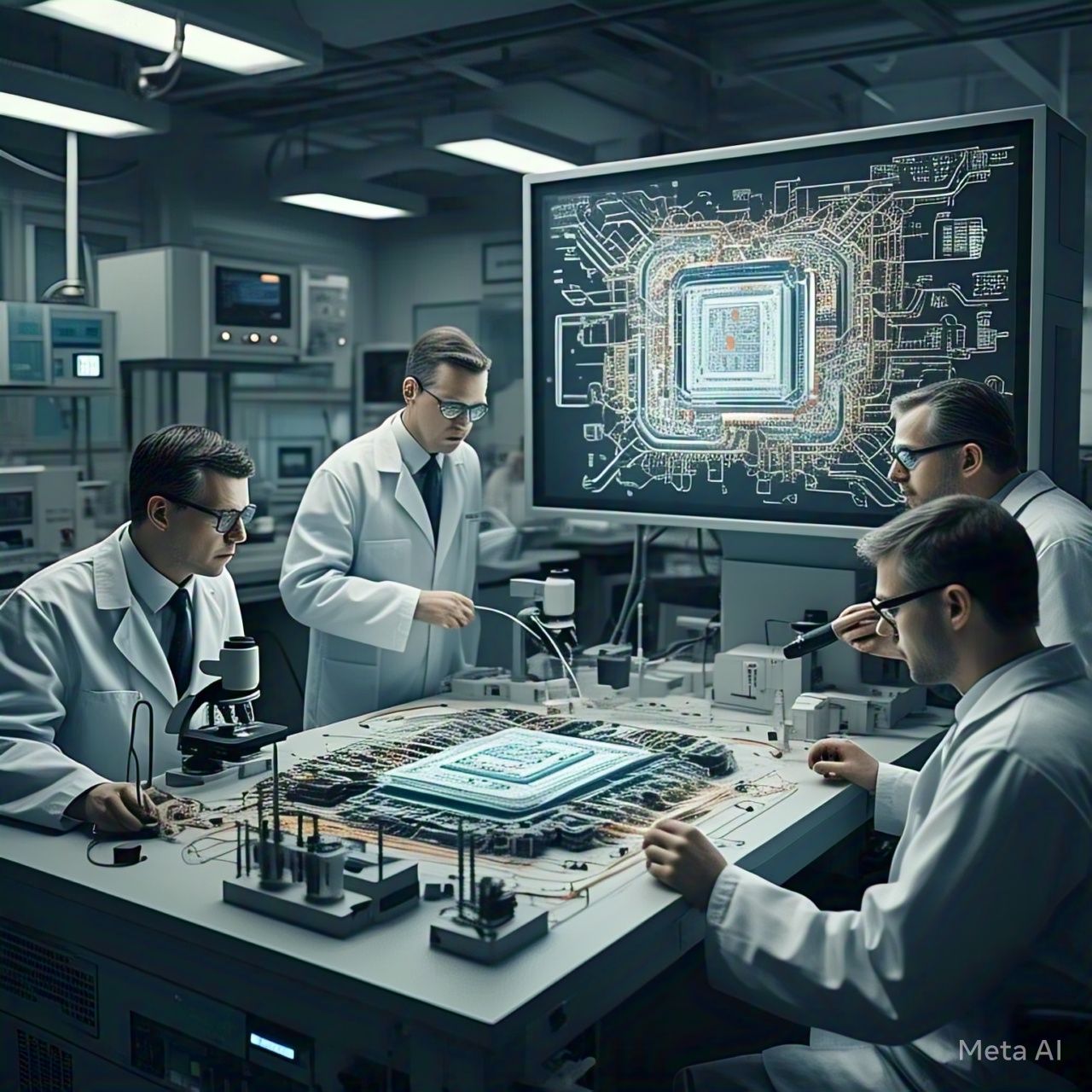Introduction
Development economics focuses on improving the economic conditions of low-income populations and fostering sustainable growth. Traditionally, policymakers have relied on economic models, surveys, and field studies to understand poverty and design interventions. However, the rise of artificial intelligence (AI) and machine learning (ML) presents a new opportunity to revolutionize poverty reduction strategies. This article explores how AI is transforming development economics, the challenges involved, and whether machine learning can truly help eradicate poverty.
How AI is Transforming Development Economics
AI-powered tools are being integrated into development strategies to improve decision-making, allocate resources efficiently, and track economic progress. Here are some key ways AI is making a difference:
1. Identifying Poverty More Accurately
Machine learning models can analyze vast amounts of data from satellite imagery, mobile usage, and economic indicators to pinpoint poverty-stricken areas. AI helps by:
- Using satellite images to assess infrastructure, agricultural output, and economic activity.
- Analyzing mobile phone usage patterns to infer income levels.
- Enhancing traditional survey methods with real-time, data-driven insights.
2. Enhancing Financial Inclusion
Access to banking and financial services is a critical factor in poverty alleviation. AI is being used to:
- Develop credit scoring models for unbanked populations based on alternative data such as transaction history and mobile payments.
- Improve microfinance initiatives by predicting loan repayment behaviors.
- Detect fraudulent activities in digital financial transactions.
3. Optimizing Agricultural Productivity
Since agriculture is a primary source of income for many developing nations, AI-powered precision farming is helping small-scale farmers by:
- Providing weather forecasts and pest predictions using AI-driven models.
- Suggesting optimal planting techniques and soil management strategies.
- Improving access to fair market pricing through AI-powered mobile apps.
4. Improving Healthcare and Disease Prediction
Healthcare access remains a challenge in many underdeveloped regions. AI is improving medical services by:
- Predicting disease outbreaks through data analysis.
- Enabling telemedicine and AI-assisted diagnostics for remote areas.
- Enhancing vaccine distribution and public health policy through predictive modeling.
5. Strengthening Education and Skill Development
Education plays a crucial role in poverty reduction, and AI is enhancing learning outcomes by:
- Personalizing education through AI-driven tutoring systems.
- Identifying at-risk students and recommending intervention strategies.
- Bridging the digital divide by providing AI-powered translation and speech-to-text tools.
Challenges and Ethical Considerations
While AI offers promising solutions, several challenges must be addressed for it to be effective in development economics:
- Data Bias and Representation: AI models require diverse and high-quality data, but many developing regions lack reliable data sources.
- Ethical Concerns: The use of AI in decision-making must be transparent to avoid reinforcing existing inequalities.
- Digital Divide: AI solutions require infrastructure, internet access, and digital literacy, which are limited in many impoverished areas.
- Job Displacement Risks: Automation could replace certain low-skill jobs, potentially increasing inequality if not managed properly.
Conclusion
AI has the potential to revolutionize development economics by offering data-driven insights, improving financial inclusion, optimizing agriculture, enhancing healthcare, and strengthening education. However, for AI to truly reduce poverty, ethical considerations, infrastructure gaps, and digital accessibility challenges must be addressed. When implemented responsibly, AI can be a powerful tool for economic growth and social equity, paving the way for a more inclusive future.




